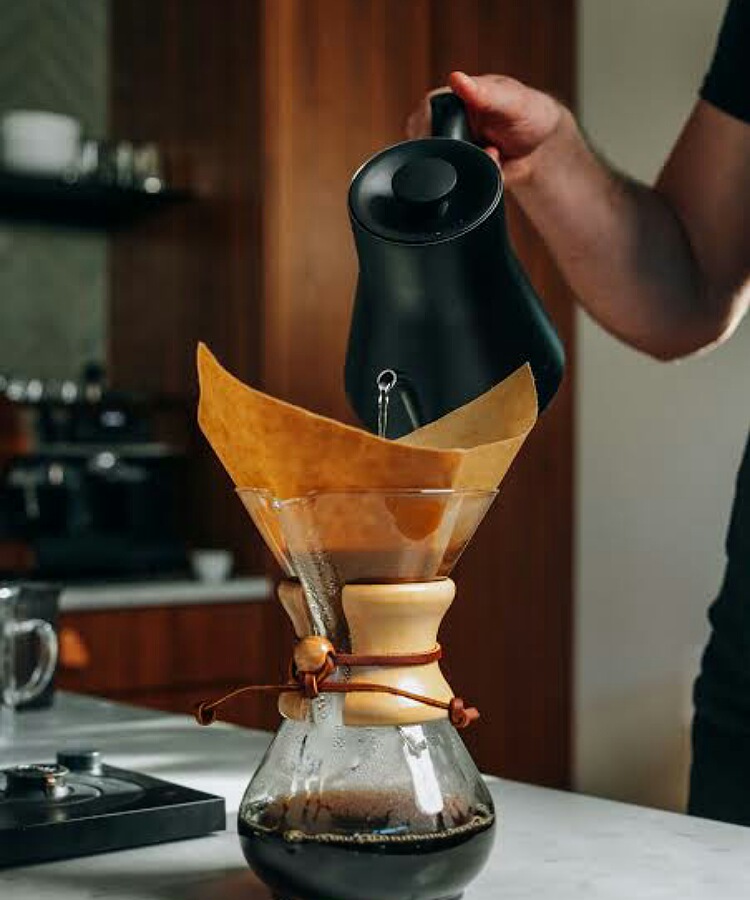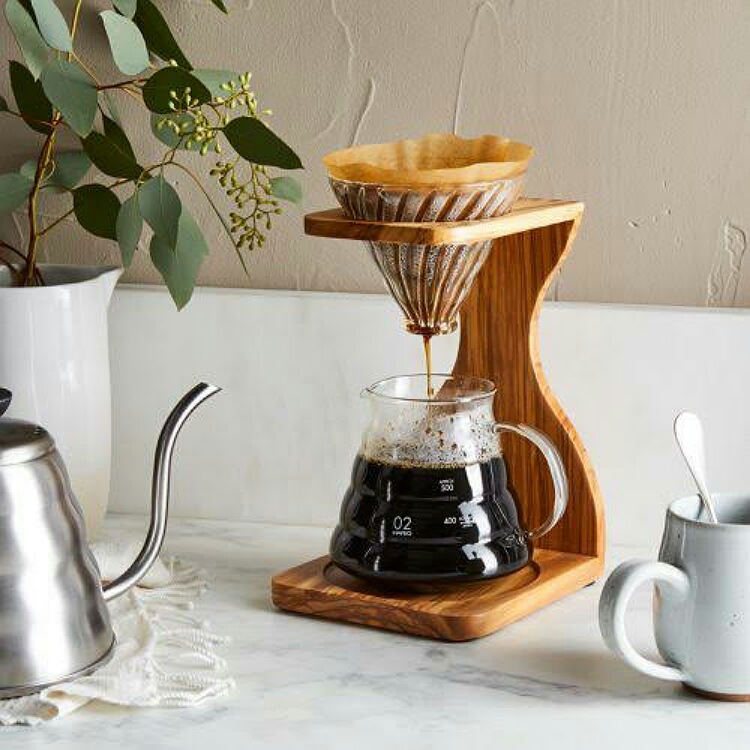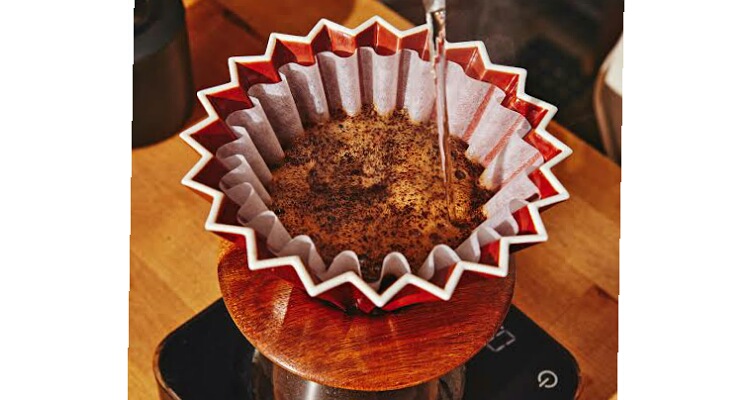There are so many terms in coffee-making techniques that one can get easily confused.
And when you enter a coffee specialized outlet such as Starbucks, you are at your wit’s end. And you do not know what to order? There is pour-over coffee, cold brew coffee, drip coffee, and many more. What is pour-over coffee?
Pour-over coffee
Pour-over coffee and drip coffee are the two most popular ways of having coffee. Both these techniques produce a delicious and awesome cup of coffee in a short period.
Pour-over coffee, though not a new concept, has resurfaced lately. The results are simple and vibrant due to its efficiency in extraction and intricate brewing method.
A woman named Melitta Bentz gets the credit for the creation of the paper filters for this coffee.

In this method (also called filter coffee making or hand brewing or manual brewing), there is complete control over the brewing process.
You can control the speed, concentration, texture, taste, and temperature of the coffee. And the result is full of flavor. It is not only nice to sip but also fun to make.
The process is longer, and the slower the water goes through the coffee grounds, the better the flavor. One can also use it for cold-brew coffee making as well.
What is drip coffee?
Before 1950, coffee was made with a percolator or Moka Pot and pour-over method. In the late 1970s, electric coffee drip machines were invented. The availability of disposable filters created this innovation.
In this, the machine controls everything for the coffee drinker. One just had to add the water to the reservoir and place the coffee grounds inside the filter.

The flavor of the coffee at the end may vary widely in the drip method. But it is quick and efficient and takes less time. It is suitable for busy people such as the 9 to 5 job doers.
There is less control over the process. It is simple and less messy. Clean-up after the process is faster because it is just one piece of equipment. In the drip method, we cannot make cold brew.
Advantages of the filter coffee
People love coffee. But coffee tends to cause an increase in the bad cholesterol in the blood. This is harmful because this elevates the risk of heart disease and stroke and arterial health. The higher the extraction method, the more the risk of this problem.
Pour over coffee seems relatively safer because it has less cafestol and Kahweol. Cafestol and kahweol are the cholesterol-raising element that is abundant in coffee that is brewed by traditional methods.
This is because the water in filter coffee has less time to remain in contact with the coffee grounds that contain and release these agents to cause blood cholesterol to rise. Hence, pour-over coffee is safer and healthier compared to drip coffee.

Also, read Liam Neeson: know why his excessive coffee consumption was bad for him!
Additionally, one can easily make it with the simply available instrument in the kitchen. It is cheaper to make it. But a novice should be careful lest he or she burns his or her fingers while doing and spilling it by mistake.
